In the wild, animals face countless dangers, from predators to harsh environments. To survive, many species have evolved fascinating and unique defense mechanisms that help them protect themselves and their offspring. From the bombardier beetle’s explosive spray to the mimic octopus’s incredible shape-shifting abilities, these 12 animals have some of the most remarkable defense strategies in the animal kingdom.
1. The Bombardier Beetle

When threatened, the bombardier beetle mixes two chemicals in its abdomen to create a boiling, noxious spray that it can fire at predators with incredible accuracy. This spray can reach temperatures of up to 212°F (100°C) and can be released in rapid pulses, making it a highly effective deterrent against would-be attackers.
2. The Mimic Octopus
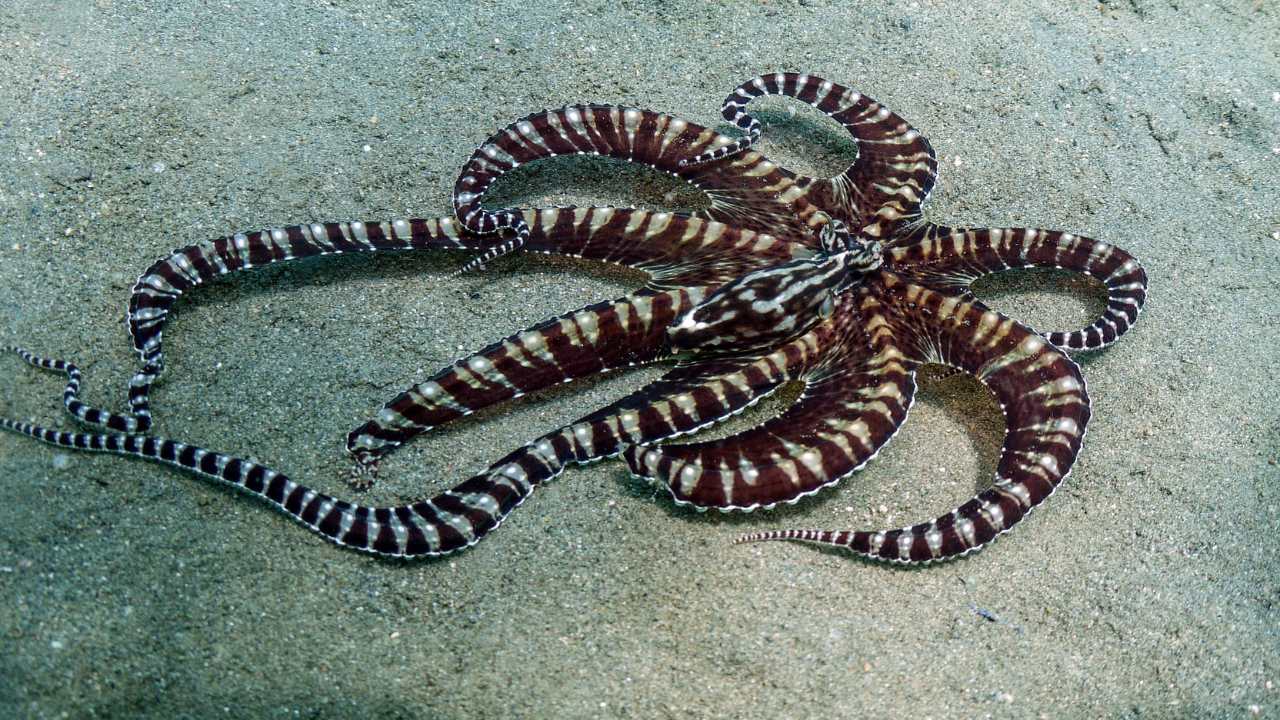
The mimic octopus is a master of disguise, capable of changing its shape, color, and texture to imitate a variety of other sea creatures, such as lionfish, sea snakes, and flatfish. By mimicking the appearance of venomous or otherwise dangerous animals, the mimic octopus can deter predators and avoid being eaten.
3. The Hagfish
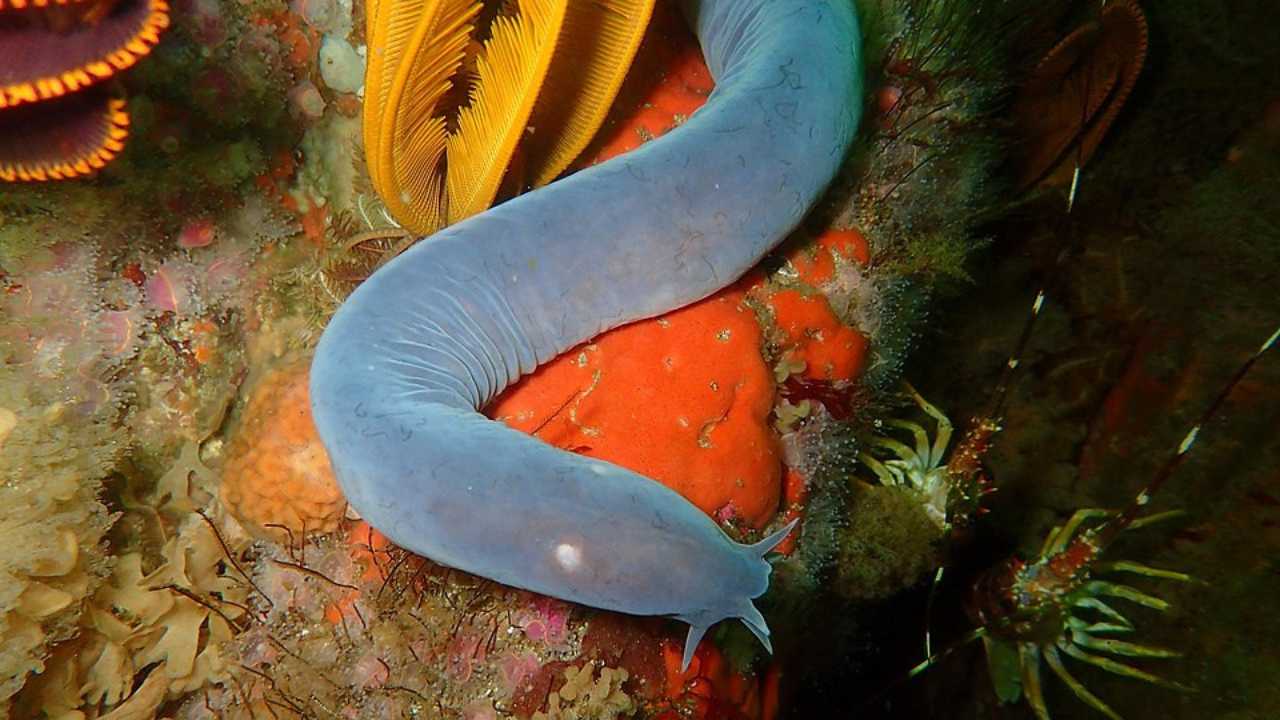
When attacked, the hagfish secretes large amounts of thick, sticky slime from pores in its skin. This slime can quickly expand to several times the hagfish’s size, clogging the gills of predators and allowing the hagfish to escape. The slime is so effective that it can even suffocate predators if they become entirely covered in it.
4. The Honey Badger
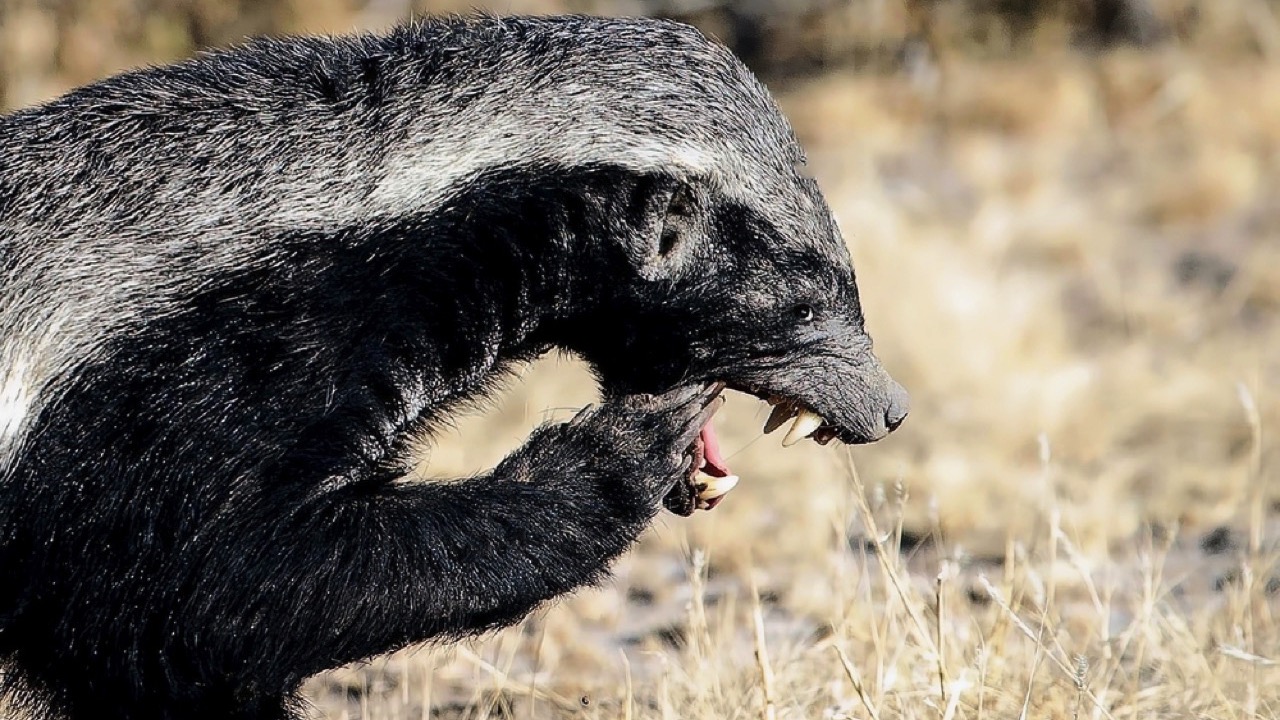
Honey badgers are known for their incredibly thick skin, which is loose and tough enough to resist the bites of most predators, including venomous snakes. In addition, honey badgers are remarkably intelligent and fierce, capable of fighting off much larger predators when necessary.
5. The Puss Moth Caterpillar
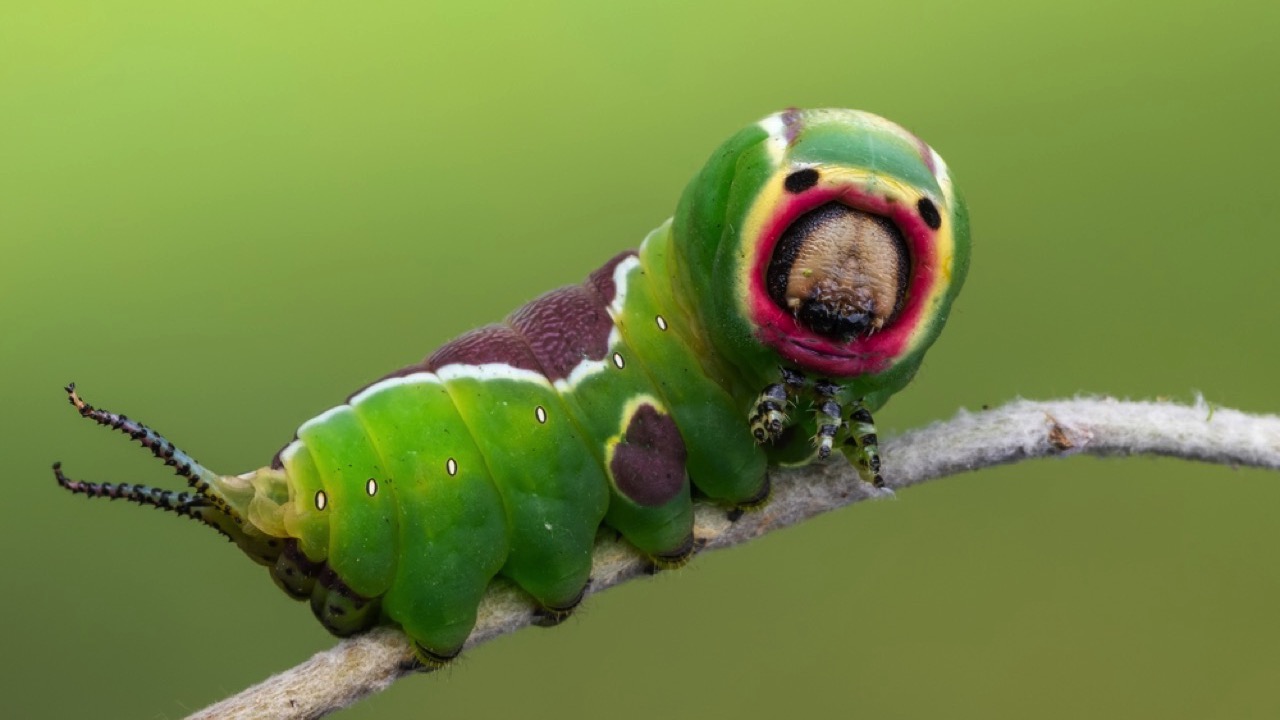
The puss moth caterpillar has a unique defense mechanism that involves the use of venomous spines hidden in its fluffy exterior. When threatened, the caterpillar can shoot these spines at predators, causing severe pain and irritation. The spines can even trigger allergic reactions in some humans.
6. The Texas Horned Lizard
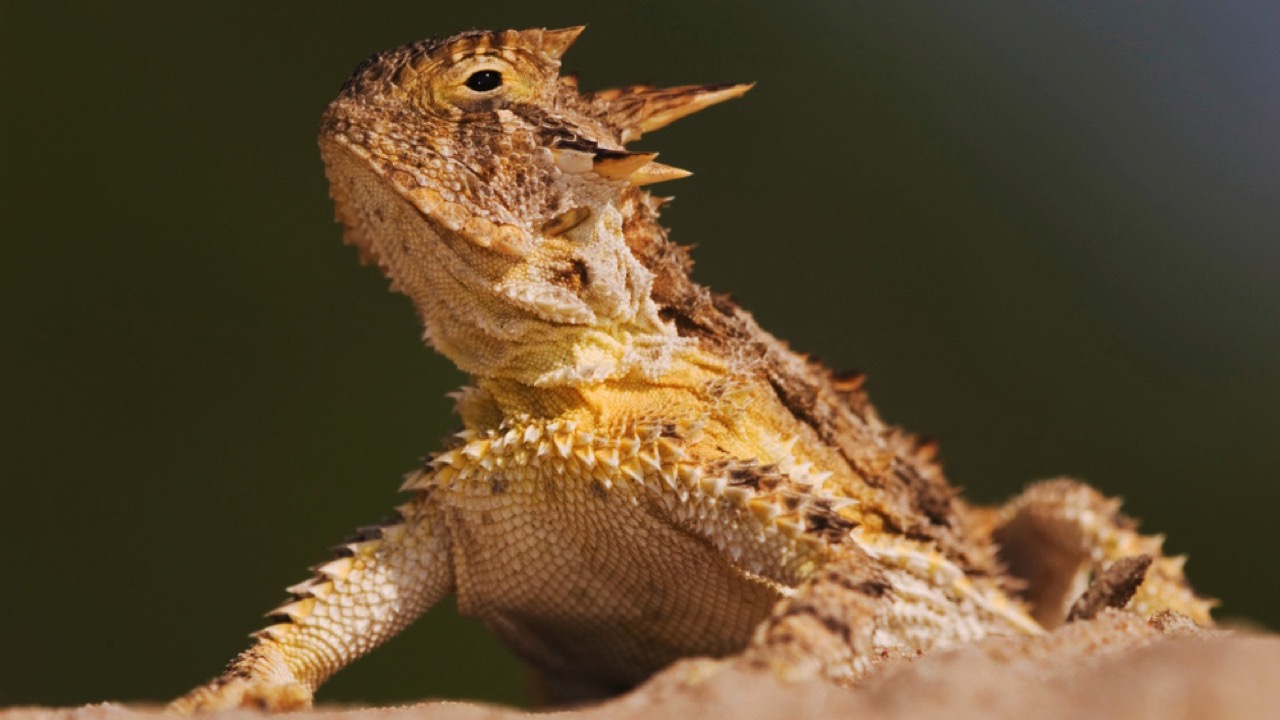
When threatened, the Texas horned lizard can shoot a stream of blood from its eyes, aiming it directly at the predator’s face. The blood is mixed with a noxious chemical that can deter predators and give the lizard time to escape. This unique defense mechanism is made possible by the lizard’s specialized blood vessels around its eyes.
7. The Opossum

Opossums are famous for playing dead when threatened, a behavior known as “playing possum.” When faced with a predator, an opossum will often fall over, lie still, and even emit a foul odor to mimic the smell of decay. This behavior can trick predators into thinking the opossum is dead and no longer worth pursuing.
8. The Cuttlefish

Cuttlefish are masters of camouflage, capable of changing their color, pattern, and texture to blend in with their surroundings. They can even create mesmerizing displays of pulsating colors to confuse and distract predators. In addition, cuttlefish can release a cloud of ink to obscure a predator’s vision and make a quick escape.
9. The Skunk

Skunks are well-known for their powerful scent glands, which they can use to spray a noxious liquid at predators from a distance of up to 10 feet (3 meters). The spray is so potent that it can cause temporary blindness and difficulty breathing in some animals, making it a highly effective deterrent.
10. The Hairy Frog
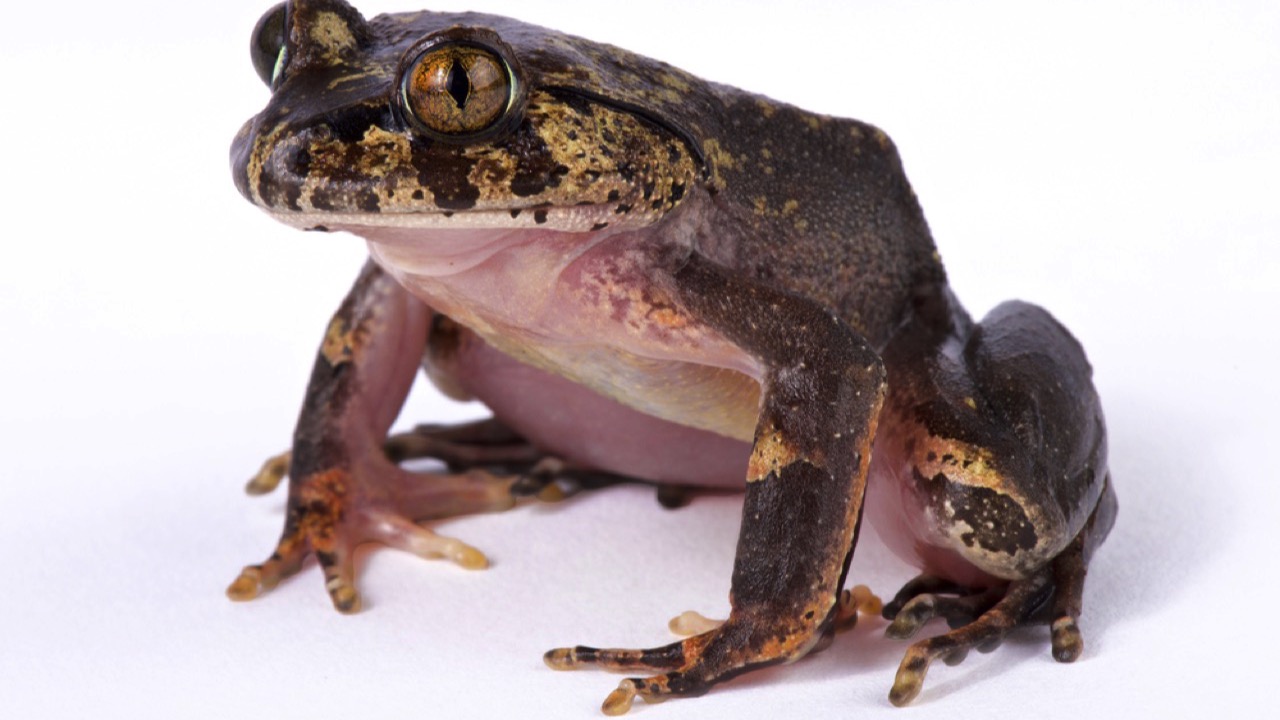
Also known as the “horror frog,” the hairy frog has a unique defense mechanism that involves breaking its own bones to create claws. When threatened, the frog can contract its muscles to break the bones in its toes, forcing them through the skin to create sharp claws. These claws can help the frog fight off predators and escape danger.
11. The Boxfish
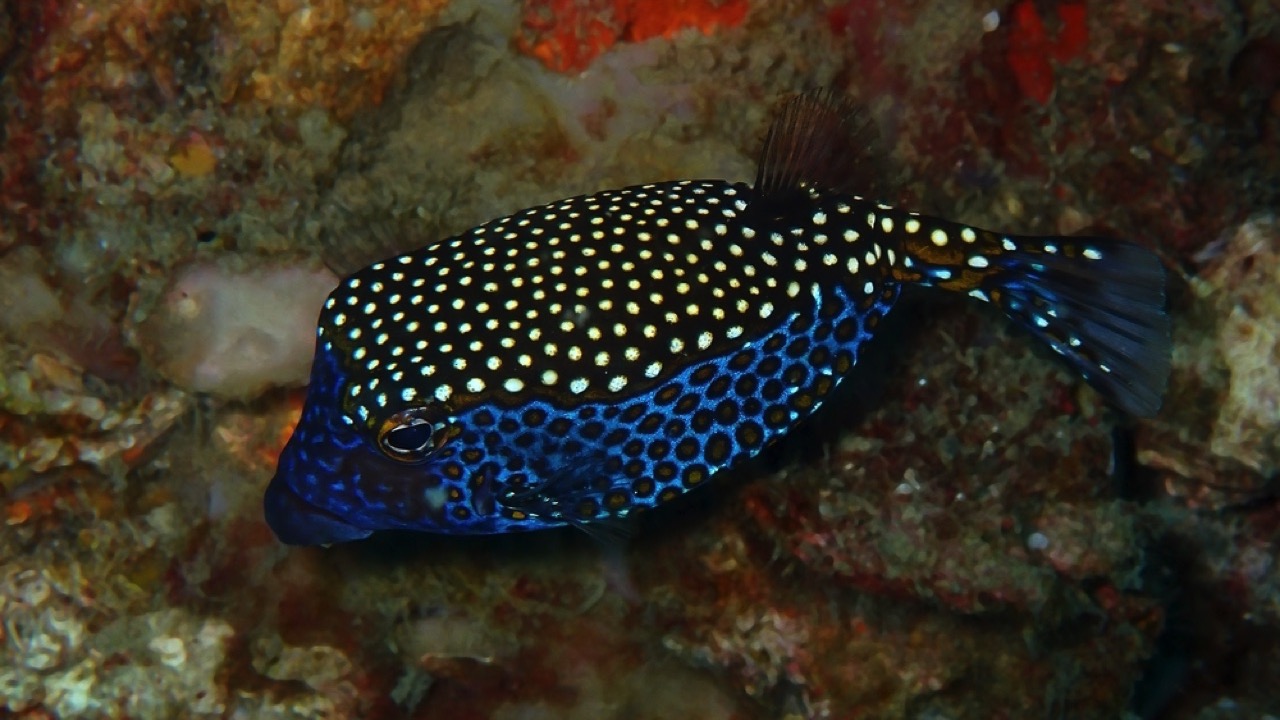
When threatened, the boxfish can secrete a toxic slime from its skin that can quickly contaminate the surrounding water. This slime contains a powerful neurotoxin that can stun or even kill predators, making the boxfish a dangerous meal for many marine animals.
12. The Armored Snail
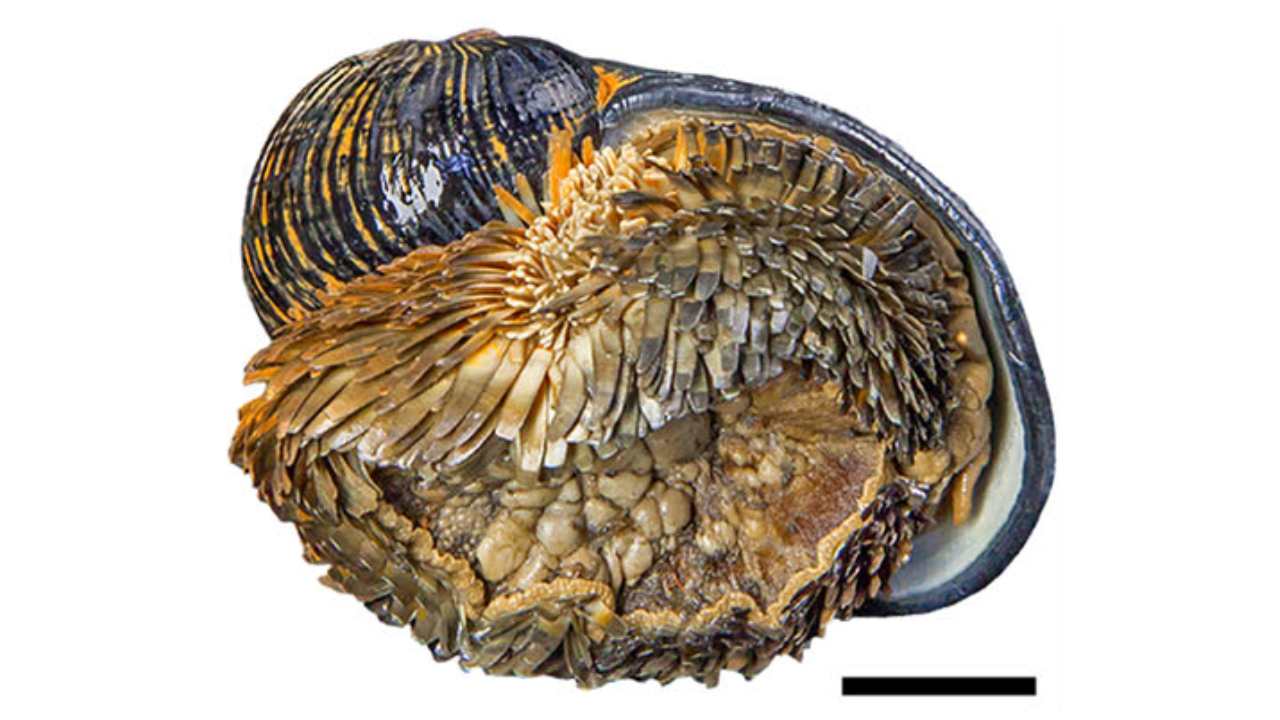
The armored snail, found in the deep waters off the coast of Indonesia, has a unique iron-plated shell that can withstand the crushing pressure of the deep sea. In addition, the snail’s foot is covered in scales made of the same iron-rich material, providing extra protection against predators.
Becky is a fervent wildlife enthusiast and pet care expert with a diploma in canine nutrition. Her love for animals stretches beyond the domestic, embracing the wild tapestry of global fauna. With over a decade of experience in animal welfare, Becky lends her expertise to OutlandishOwl through insightful articles, captivating wildlife information, and invaluable guidance on pet nutrition. Her work embodies a deep commitment to understanding the intricate lives of animals and a passion for educating others on sustaining natural habitats. Becky's hands-on conservation efforts and her knack for translating complex dietary science into practical pet feeding tips make her an indispensable voice for creatures great and small.




